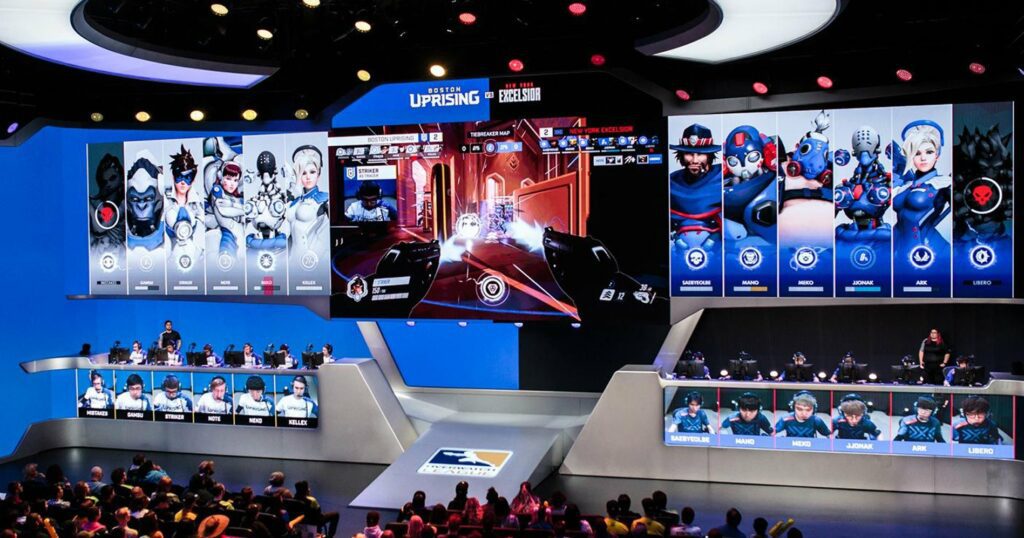VNC or RDP? The question is unavoidable for businesses considering remote access options.
The recent rise in remote working has made retrieving work files and documents from home or quickly taking control of a co-worker’s computer for ad-hoc support the new normal. Despite its prevalence, technical jargon can make choosing a remote access solution for your business an overwhelming prospect.
With definitions and VNC vs RDP comparisons, our straightforward guide will help you make the best choice.
What are VNC and RDP?
Both VNC and RDP were built to enable users to remotely access a computer by displaying the desktop and communicating keystrokes and mouse actions. The user on the local computer or device can trigger all these events remotely, including having the ability to launch applications and observe the results. While the technologies have similar goals, their methods differ.
Virtual Network Computing
VNC, which stands for Virtual Network Computing, is a graphical desktop sharing system that lets users remotely control a computer, with the main user able to interact and watch at the same time. It is pixel-based and platform-independent, which means VNC applications can be used with Mac, Windows, Linux, Raspberry Pi, and other platforms to easily share a desktop across computers with different operating systems.
Remote Desktop Protocol
RDP stands for Remote Desktop Protocol and is Microsoft’s proprietary protocol. This technology allows users to graphically control a remote computer. RDP is usually intended for 1:1 usage, and it can let many remote computers share the resources of a main computer through different profiles. As Microsoft’s proprietary protocol, the RDP server only works with Windows systems. However, the client is available for nearly all operating systems, including Mac, Android, and Linux.
Similarities between RDP and VNC
- Both RDP and VNC allow you or your colleagues to access work computers from a remote location.
- The technologies both require client–side and server–side software to enable communications. In all use cases, the server part of the technology needs to be configured to facilitate access and to set up credentials.
- VNC and RDP both rely on peer-to-peer communication, which means that the first computer can directly connect to the remote computer.
- Both technologies also support software that enables secure access and allows admins to manage users.
Although the two methods may sound very similar, a deeper look will reveal that the differences between them are striking. Read on to understand the distinct ways that the goal of providing remote desktop capabilities to a computer or other device is realized.
Differences between RDP and VNC
To choose the best remote access technology for your business, it’s useful to consider RDP and VNC comparisons. Make a list of your business needs and consider how well each of the remote access technologies would meet these requirements.
The main difference is that RDP is a virtual session while VNC captures the physical display, meaning you see exactly what the remote user sees. Our list of differences between the two technologies provides more details.
- VNC servers are designed to support multiple platforms, allowing for shared screens and keyboards between devices using Windows, Mac, Linux, and Raspberry Pi operating systems. As RDP is proprietary, it only works for one specific operating system, thus being quite limited. This means it’s not the most compatible remote desktop. If you’re aiming for a broad implementation of a remote desktop tool, it is likely that the software you choose will need to function across an array of devices and operating systems, including mobile phones, PCs, Linux and iOS devices, Raspberry Pi boards, and Mac computers.
- RDP works as though the user has directly logged into the physical server and supports many remote users all logged into the same server. VNC connects the remote user to the computer itself by sharing its screen, mouse, and keyboard. This means that several users can connect to the same server at the same time. All the users will be able to see the same screen and type on the same keyboard. The robust device access through desktop sharing systems from VNC allows users to take full control of a remote computer. This difference in remote desktop performance greatly aids productivity for individuals, organizations, and IT specialists.
- RDP is not a screen-sharing platform. It logs into the remote computer and creates a virtual desktop session that allows users to share the resources of the same computer between them. In comparison, VNC is a screen share tool that also lets the remote computer take control during the screen-sharing session. When deciding how remote access software will meet your business requirements, this difference in VNC and RDP performance is a useful aspect to consider as it makes VNC better suited to support use cases involving troubleshooting.
- To compare RDP vs VNC security, you need to know that RDP uses port forwarding for connections over the internet, while VNC uses cloud connections. Port forwarding is an exposed service, but RDP tries to make up for this with default encryption as an extra security mechanism. Both technologies can be configured with advanced authentication, making VNC a secure RDP alternative.
While both protocols provide access to remote desktops for quick and easy remote working and troubleshooting, you should consider how the flexibility, compatibility, and security of both VNC and RDP systems meet your business needs when choosing a solution.
Should you use RDP or VNC?
The choice of VNC or RDP really depends on your business needs. However, the increasing number of people working from home comes with an increase in vastly different devices. The need for cross-platform support alone seems to make VNC the obvious choice.
RealVNC Connect is a VNC-based remote access solution that is compatible across multiple platforms and is fully secure out-of-the-box. With multiple security options, it supports regulatory compliance for GDPR, HIPAA, and PCI-DSS.
Sign up now to take a free, 14-day trial and start using RealVNC Connect today.
FAQs about VNC vs RDP
Is VNC better than RDP?
Choosing between VNC and RDP depends on your needs. VNC offers better cross-platform compatibility, but RDP can sometimes offer capabilities such as audio redirection and clipboard sharing. VNC is easier to set up and use, requiring simpler configuration and minimal additional software. Taking advantage of free trials for remote access software solutions can help you choose the best one for your needs.
How does remote desktop protocol work?
RDP allows users to connect and control a remote computer through these steps:
- Connection: The user launches an RDP client on their device and sends a connection request to the remote computer they want to access. The remote computer needs to be running an RDP server.
- Authentication and Security: The user provides credentials for authentication, and the RDP encrypts data for secure transmission.
- Desktop Interaction: The remote computer’s desktop is now displayed on the user’s device and they are able to interact with it as if physically present. RDP uses compression and other techniques to optimize data transfer.
The remote access session is terminated when the user disconnects or logs off.
How does remote assistance differ from remote desktop?
Remote assistance and remote desktop serve different remote access purposes. Remote assistance involves allowing temporary access to a computer for help with troubleshooting. It enables collaboration and guidance. A remote desktop, on the other hand, grants full control over a remote computer’s desktop. It is used for tasks like remote administration, file access, and working on a remote computer from a different location. Remote assistance focuses on support, while remote desktop provides complete desktop control.













